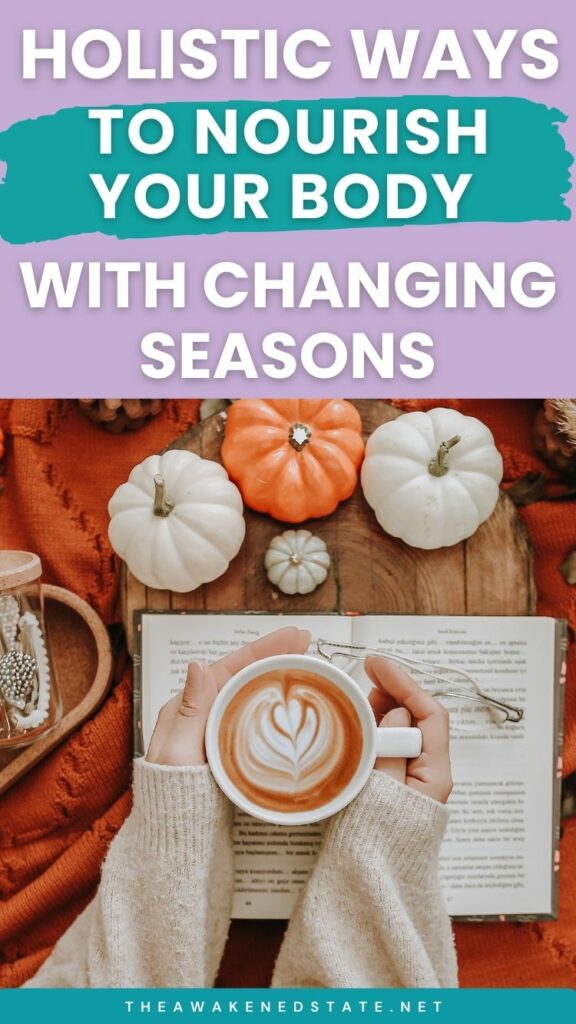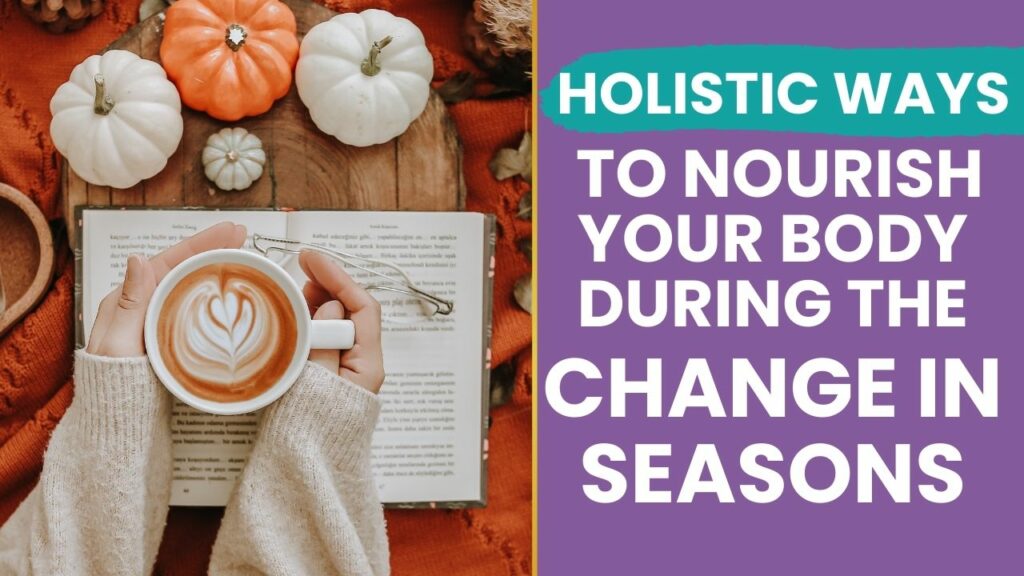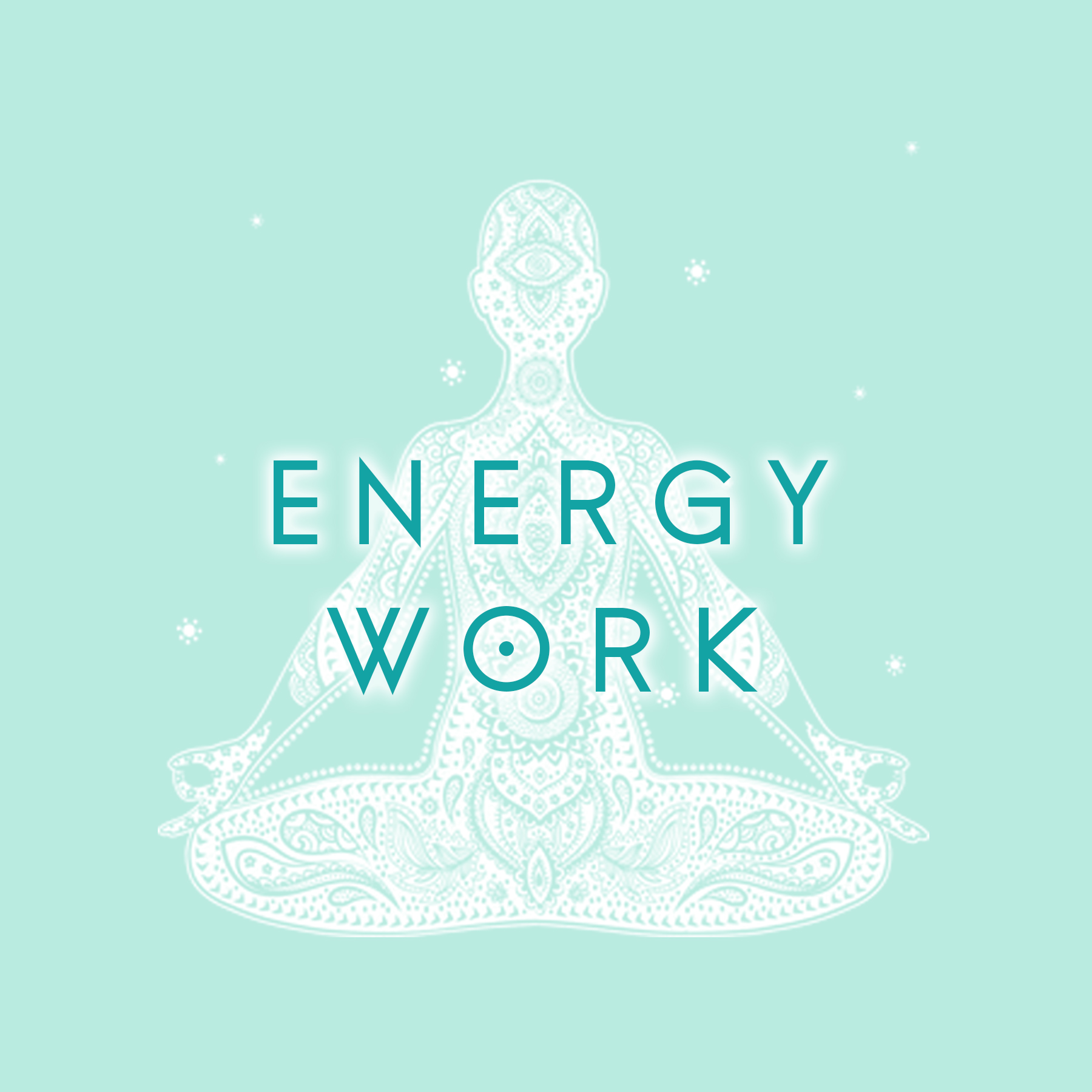It’s easy to overlook the effects the changing seasons have on your body and mind amid the hustle of the daily grind. However, humans are a part of nature, not separate from it. You can ease these transitions by nourishing and nurturing yourself, bringing awareness to how weather and altered light influences your wellness.
What should you do to ease your way from summer to fall to winter? Take a holistic approach to your physical health. Here’s what you need to know about how transitions affect human beings and how to support your body during the change in seasons.
How Changing Seasons Affect the Human Body
Spend a few mindful minutes reflecting on how seasonal changes typically impact you. Do you find yourself with less energy, perhaps sleeping more? Do you tend to pack on extra, possibly unwanted pounds over the winter?
Studies suggest that the human body recognizes two seasons, not four — hot and cold. Several physiological changes shift when the “real” seasons change from summer to winter, affecting multiple body systems — and how you feel. For example:
- You’re more likely to develop high blood pressure over the winter.
- Your body becomes less sensitive to insulin as winter approaches, promoting weight gain.
- You produce extra immune cells for fighting infection at the beginning of winter. Conversely, there is a spike in inflammatory markers as spring approaches.
It might surprise you to learn there is a physiological reason for weight gain in winter that has nothing to do with overindulging over the holidays. Furthermore, what happens in your body also impacts your mind.
Scientists have uncovered cognitive changes that accompany seasonal transitions. Tasks requiring sustained attention become easier as you near the solstices, the year’s shortest and longest days.
However, your working memory — your ability to quickly retrieve information and integrate it with other stimuli — improves during the equinox. You’re best doing short, intense projects that require frequently shifting attention in fall and spring, saving deep work for winter’s depths or the doggiest summer days.
What Is Holistic Wellness?
Holistic wellness is an approach that incorporates all aspects of a person’s life in their treatment protocol. It encompasses the physical, mental, emotional, social and financial influences on an individual’s health.
For example, a holistic approach to treating a chronic ailment like fibromyalgia might entail a thorough physical workup to rule out other possible diseases and identify the physiological causes of pain. It may also include:
- Nutritional interventions, such as an anti-inflammatory diet.
- Gentle movement, such as yoga, which encourages mindfulness of how the body and brain work together.
- Lifestyle changes, like assuming a less stressful role at work or adding healthy hobbies such as art and working with animals.
- Therapy to address co-existing depression and anxiety caused by chronic illness.
- Locating financial resources to fund needed care.
The Benefits of a Holistic Approach to Health
There are multiple benefits to a holistic health approach. Perhaps the most obvious is that it accepts, instead of ignores, the influence of other factors on physical well-being. For example, many therapists working with depressed patients have recognized that if a person’s dark mood stems from being unable to afford housing or food, talk therapy and medication become less effective.
Many holistic therapies are free and accessible to anyone. Some modalities holistic health practitioners employ you can DIY, such as:
- Yoga
- Meditation
- Physical exercise
- Dietary improvements
- Lifestyle changes
- Stress management
- Building social supports
- Practicing gratitude
- Avoiding substance abuse
While many of these activities are admittedly easier to implement with guidance, there’s nothing stopping individuals from taking holistic wellness into their own hands. For example, media outlets like YouTube are rich sources of information on everything from psychological advice from licensed therapists to fitness programs designed by seasoned professionals — all for free.
The hard part is finding the motivation to start. However, most people find that the rewards they reap provide plenty of incentive to keep going, adding more healthy practices into their daily habits.
An Example of Holistic Health Practices in Action
Consider a hypothetical single American earning $20 an hour with no employer-provided health benefits who struggles with anxiety and chronic pain. Traditional medicine would entail attending multiple doctor and therapist visits to determine the cause and the best treatment protocol — which could prove financially impossible after paying for rent and food.
However, a holistic approach may include multiple treatment modalities that require little to no money. For example, they might join online or in-person support groups for social support and ease feelings of isolation while getting helpful tips from others in similar circumstances.
They might reduce or eliminate inflammatory foods from their diet and add those rich in nutrients that support brain health. Incorporating gentle, mindful movements like yoga and reducing stress by delegating their overwhelming workload and spending more time with their pets completes the picture.
Holistic Ways to Nourish Your Body During Seasonal Changes
You now know that seasonal changes place new physiological stresses on humans. How can you use your knowledge of holistic methods to nourish your body and ease your transition?
Here are eight ideas to incorporate into your lifestyle as you prepare for winter.
1. Adjust Your Environmental Conditions
Your environment affects you in countless ways. For example, many people feel more depressed over the winter, and some develop seasonal affective disorder. Scientists believe this condition occurs due to shorter daylight hours.
Therefore, one holistic way to nourish your body is to expose yourself to more natural light. It decreases the risk of SAD and may increase your vitamin D levels, a hormone that depletes in winter with less sunlight exposure. Most importantly, spending more time in the sun may energize you enough to take additional holistic health steps during the seasonal transition.
2. Eat More Fresh and Healthy Seasonal Foods
You might associate spring with fresh foods, but plenty of healthy plant-based goodness comes into season as the days get shorter. For example:
- Avocados
- Broccoli and broccolini
- Cabbage, cauliflower and Brussels sprouts
- Endive, radicchio and mustard greens
- Sweet potatoes
- Winter squash
- Apples
- Persimmons
- Pears
Furthermore, understand that your body may become less sensitive to insulin. Does that mean you can’t enjoy the occasional holiday cookie?
While you can, you’re more likely to pack on unwanted pounds — use moderation. Opt for lower-calorie sweet treats when you crave them, like natural fruit or sorbet. You don’t have to diet, but becoming more conscientious of your intake can avoid winter weight gain.
3. Change Up Your Fitness Regimen
You adore hiking and tennis during warm weather, but December snows bury your favorite trails and courts under three feet of powder. That doesn’t mean you should hang up your sneakers until spring.
Instead, look forward to this time to cross-train and mix up your fitness routine. Now is the time to try that HIIT, Zumba or spin class that’s always intrigued you at the gym.
You’ll likely find your energy levels slightly lower. Instead of fighting your instincts and eventually throwing in the towel in despair, practice radical acceptance and switch to a more low-key exercise form. Take a break from marathon training and ride various cardio machines at the gym for five to 10 minutes apiece, or consider a team sport like indoor basketball. Often, exercising with others puts a bit more spring in your step.
4. Experiment With New Baking Methods
Winter is baking season, but there’s no reason to burden your body with excess bleached flour and sugar. Use this time to experiment with healthier substitutions, tweaking your favorite recipes until you get a version that tastes great and offers superior nutritional value. For example:
- Use alternative flours: Consider alternatives like almond, garbanzo bean, ancient grain and rice flours to find the perfect healthy blend.
- Seek alternatives to sugar: Honey, maple syrup, agave nectar, powdered monk fruit and stevia are all-natural sweeteners, but getting the flavor to match the granulated stuff takes trial and error. Put on your lab coat atop your apron.
- Cut the fat: Experiment with swaps like applesauce or flax — ground flaxseed is a great source of omega-3s, the healthy fats your body needs for heart and brain health.
5. Stay in Tune With Nature
It’s natural to want to stay inside more when temperatures dip below zero, and frigid winds howl. However, getting outdoors as often as possible helps ward off SAD and could improve your mood and energy levels.
Plan outings when the weather permits. Look for little chances to get outside, such as taking a brisk walk on your 15-minute work break. You’ll return to your desk feeling refreshed.
6. Take Hints From Human Ancestors
Early humans didn’t have forced heat — you could say they felt the changing seasons more acutely. How did they survive the cold?
Many used this time for working on long-term projects they couldn’t attend to while hunting and gathering the harvest. Remember that deep work? Now’s the time to dig into that novel.
They also held more festivals and spent more time with the people closest to them. Doing so served an important safety purpose — it helped them keep track of their tribe — but also lifted their spirits during darker days and longer nights.
7. Nurture Those You Love
Have you ever noticed that doing something helpful for others makes you feel pretty darn good, too? Humans are inherently social, and winter is the perfect time to strengthen your bond.
Strengthening your social connections also staves off loneliness. This condition can kill, making you more likely to die from nearly any disease. Our bonds with others are that important.
8. Get the Rest Your Body Needs
Modern culture demands you hustle and grind all year long. Mother Nature has different ideas. She made you less energetic in the winter for a good reason — running around in the cold burns needed calories and exposes you to germs when your mucus membranes are less able to stop bacteria and viruses from getting into your body.
The bottom line — if your body craves extra sleep as the seasons change, give it what it needs. Don’t laze on the couch 24/7. However, adding an additional 30 minutes before the alarm sounds or tucking yourself in early lets your body rest during winter as nature intended.
Nourish Your Body Holistically as the Seasons Change
Seasonal changes affect the human body. Instead of denying them or trying to fight through them, it’s better to work with them to encourage positive health.
Fortunately, holistic approaches encompass the whole person and are more accessible than traditional treatments. Consider the above tips to nourish your body holistically as the seasons change and make this winter a celebration of your well-being.
If you enjoy this article Share it on the Socials or Pin it to share with a friend:


Guest contribution by Author:
Cora Gold | Editor-in-Chief at Revivalist Magazine
Cora Gold is a wellness writer who aims to live a happy, healthy and mindful life. She is the Editor-in-Chief of women’s lifestyle magazine, Revivalist. Connect with Cora on Twitter, LinkedIn and Pinterest.
- 6 Ways to Connect With Nature for Balance and Serenity - July 15, 2024
- Summer Spirituality: Best Practices to Adopt This Season - June 7, 2024
- The Best Wellness Tips for Emotional Healing - May 14, 2024















